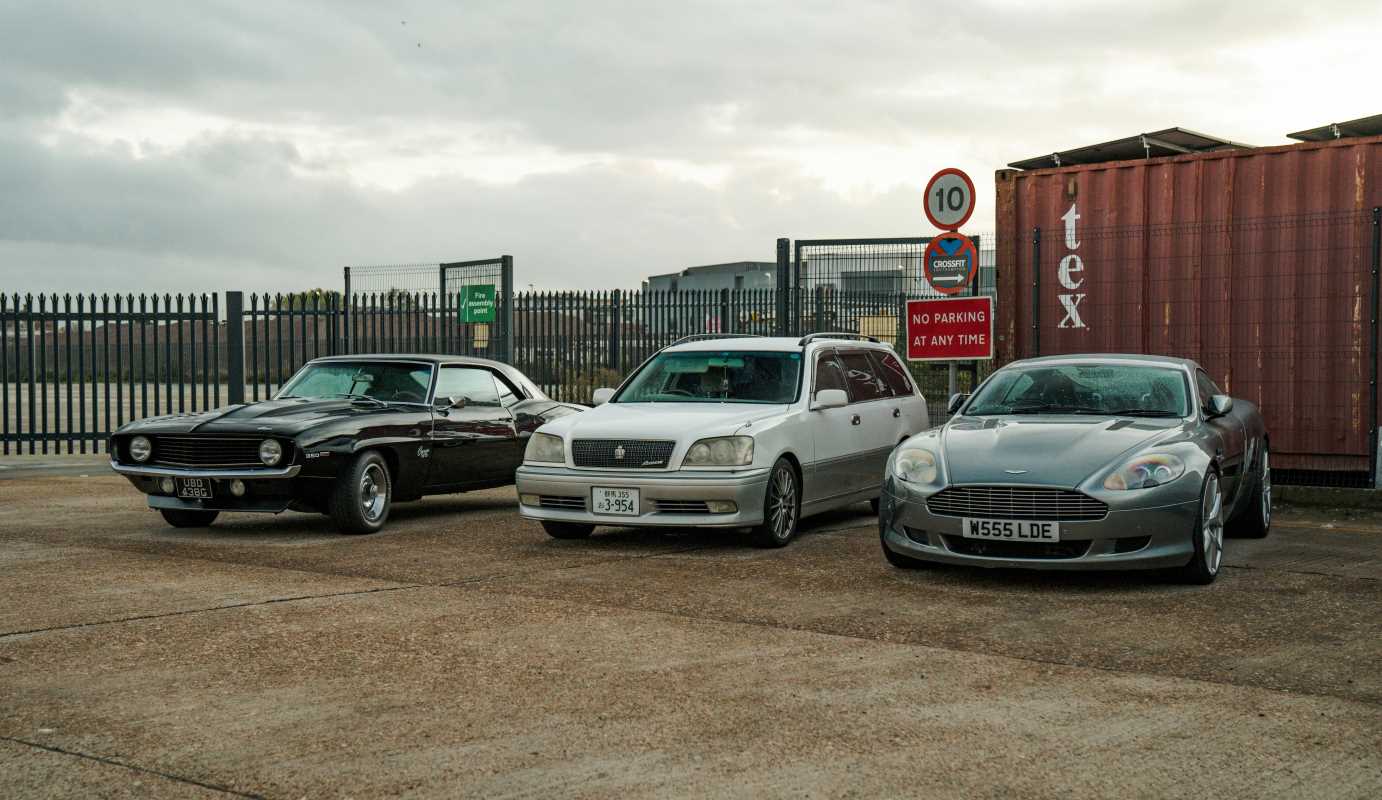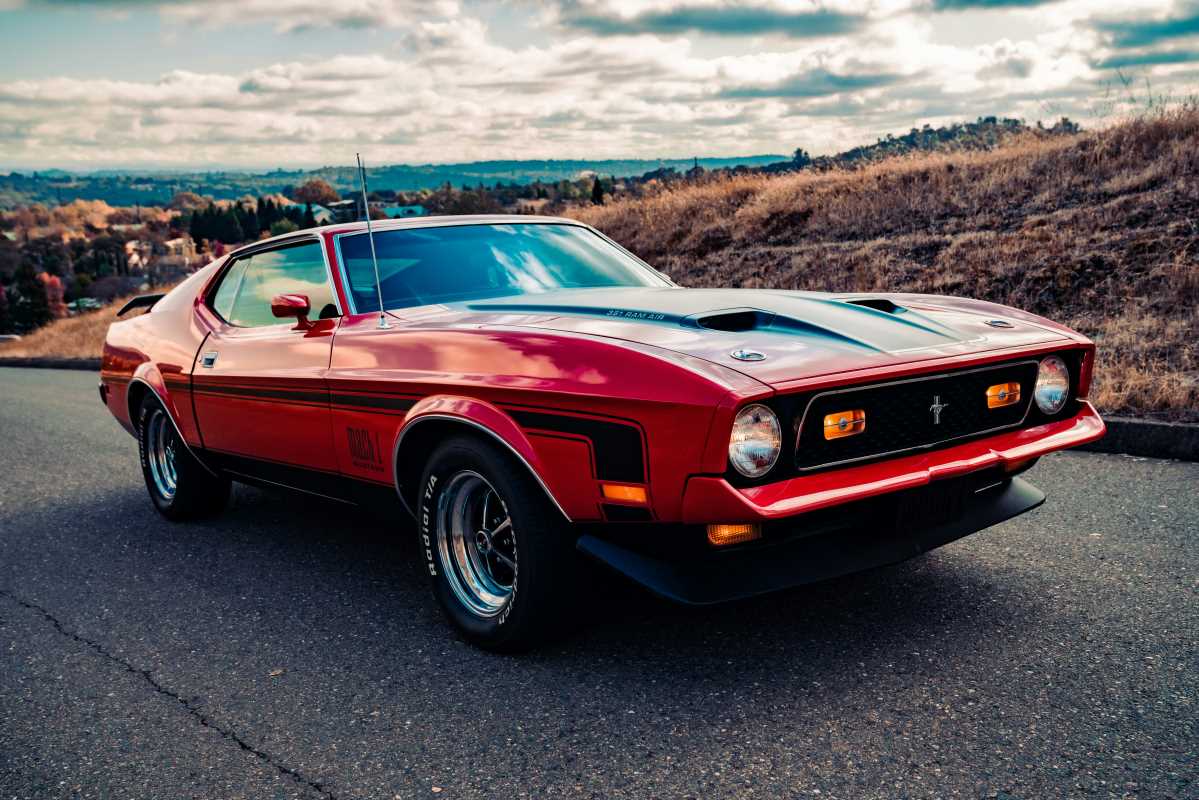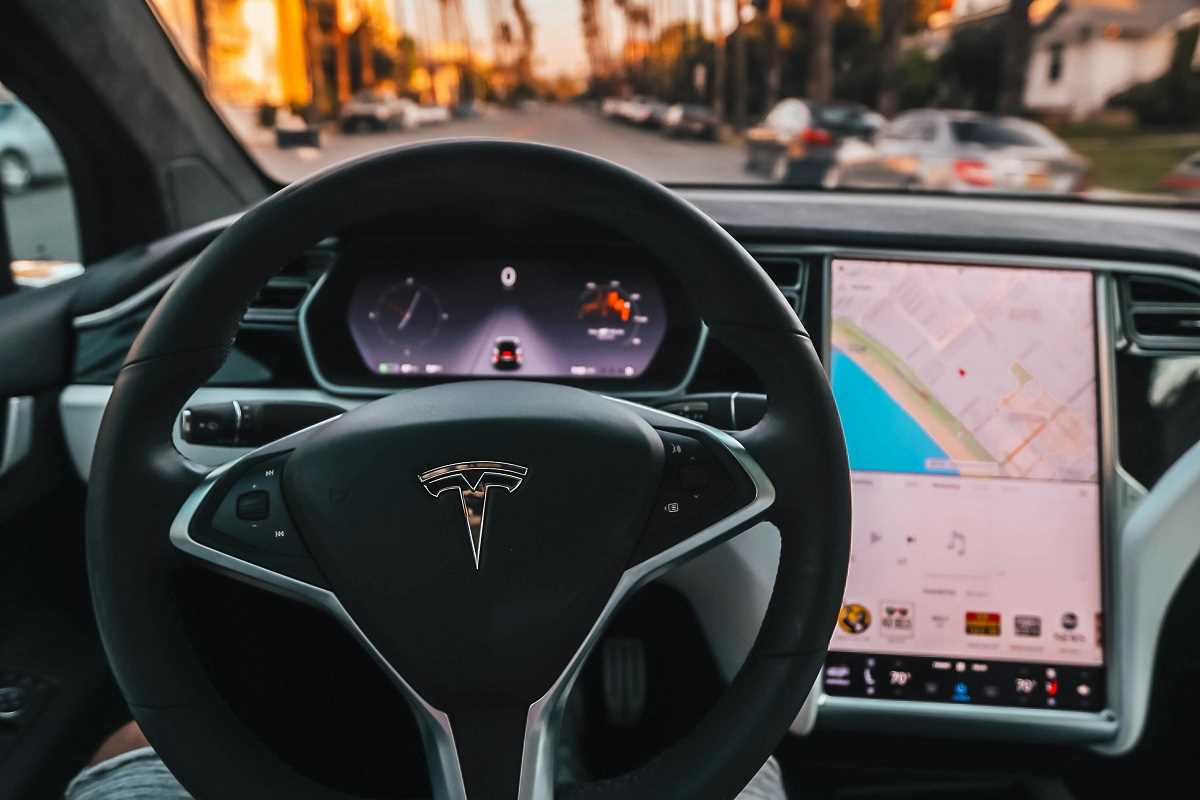The car is such a central part of our lives that it's easy to forget there was ever a time without it. From daily commutes to family road trips, automobiles have shaped our world in countless ways. The journey from the first noisy, sputtering engines to the silent, efficient electric vehicles of today is a fascinating story of human ingenuity.
This guide will take you on a tour through the history of the automobile. We’ll look at the key moments and breakthroughs that transformed how we travel, work, and live. Let's explore the incredible evolution from humble horse-drawn carriages to the high-tech cars we see on the road today.
Before the Car: The Era of the Horse and Buggy
For centuries, the horse was the primary engine of transportation. Horse-drawn carriages, wagons, and carts were the standard for moving people and goods. Life moved at a much slower pace, with travel between towns often taking days. Cities were smaller, and the world felt much larger because of the time it took to get from one place to another.
The horse and buggy system had its challenges. It required constant care for the animals, and city streets were often unsanitary due to horse manure. The limitations of horse-powered travel sparked a desire for a more efficient and reliable alternative. This set the stage for inventors and engineers to dream of a "horseless carriage."
The Birth of the Automobile: The First Engines
The late 19th century was a period of incredible innovation, and the invention of the internal combustion engine was a game-changer. While many inventors were experimenting with steam and electric power, it was the gasoline-powered engine that would ultimately dominate.
In 1886, a German engineer named Karl Benz patented his Benz Patent-Motorwagen. This three-wheeled vehicle is widely considered to be the first true automobile. It was powered by a single-cylinder, four-stroke gasoline engine that he designed himself. The Motorwagen was a far cry from the cars we know today. It was difficult to start, noisy, and had a top speed of only about 10 miles per hour.
At the same time, other pioneers like Gottlieb Daimler and Wilhelm Maybach were also developing their own gasoline-powered vehicles. These early automobiles were expensive novelties, handcrafted one by one for wealthy enthusiasts. They were unreliable and required a skilled mechanic to keep them running. For the average person, the automobile was still just a dream.
Henry Ford and the Dawn of Mass Production
The dream of a car for every family began to take shape with the vision of one American innovator: Henry Ford. Ford didn't invent the automobile, but he revolutionized how it was made. He founded the Ford Motor Company in 1903 with a simple but powerful goal: to build a car that was affordable, reliable, and easy to maintain.
In 1908, he introduced the Model T. It was a sturdy, no-frills vehicle designed for the rough roads of the time. But the true innovation was not the car itself, but the assembly line Ford perfected in 1913.
- How the Assembly Line Worked: Before Ford, cars were built by small teams of skilled workers who assembled one vehicle at a time. This was slow and expensive. On the assembly line, the car moved from station to station, and each worker performed a single, repetitive task.
- The Impact: This method of mass production dramatically reduced the time and cost of building a car. A Model T could be assembled in just 93 minutes. The price dropped from $825 in 1908 to as low as $260 in the 1920s, making it accessible to the middle class.
The Model T put America on wheels. By 1927, more than 15 million had been sold. This new mobility had a profound impact on society. People were no longer tied to the cities or farms where they worked. Suburbs began to grow, and the family road trip became a new American tradition. The world suddenly felt much smaller and more connected.
The Post-War Boom and the Rise of Car Culture
After World War II, the automobile industry entered a golden age. The booming post-war economy in the United States led to a surge in demand for cars. This era was defined by style, power, and variety. The annual model change became a major event, with manufacturers like General Motors, Ford, and Chrysler competing to offer the most exciting new designs.
Cars of the 1950s and 1960s were famous for their chrome details, tailfins, and powerful V8 engines. They became symbols of freedom, independence, and personal expression. This was the birth of American car culture. Drive-in movie theaters, roadside diners, and the national interstate highway system all grew up around the automobile.
This period also saw important technological advancements that we now take for granted:
- Automatic transmissions made driving easier for everyone.
- Air conditioning provided comfort during hot summer drives.
- Power steering and power brakes made cars easier and safer to handle.
The Oil Crisis and the Shift Toward Efficiency
The era of big, powerful cars came to an abrupt halt in the 1970s. The 1973 oil crisis led to gas shortages and soaring prices at the pump. Suddenly, fuel efficiency became a top priority for car buyers. This crisis opened the door for smaller, more fuel-efficient cars from Japanese manufacturers like Toyota and Honda.
American automakers were forced to adapt. They began to downsize their vehicles and focus on improving gas mileage. This period saw the introduction of front-wheel drive, which helped make cars lighter and more efficient. It was a practical shift that changed the industry, moving the focus from style and power to economy and reliability.
The Modern Era: Safety, Computers, and Connectivity
The last few decades have seen the automobile transform into a sophisticated piece of technology. Computers now control nearly every aspect of a modern car, from the engine and transmission to the entertainment system.
Safety has become a primary focus. Innovations like airbags, anti-lock braking systems (ABS), and electronic stability control have made cars safer than ever before. More recently, advanced driver-assistance systems (ADAS) have added another layer of protection. These features include:
- Blind-spot monitoring to alert you of cars you can't see.
- Lane-keeping assist to help you stay in your lane.
- Adaptive cruise control to automatically maintain a safe distance from the car ahead.
Connectivity has also become standard. Most new cars now come with infotainment systems that integrate with your smartphone, offering navigation, music streaming, and hands-free calling. The car has become an extension of our digital lives.
The Electric Revolution: The Future of Driving
Today, we are in the midst of another major transformation: the shift to electric vehicles (EVs). While electric cars have been around since the early days of the automobile, recent advancements in battery technology have finally made them a practical alternative to gasoline-powered cars.
Companies like Tesla have shown that EVs can be stylish, powerful, and have a long range. Now, nearly every major automaker is investing heavily in electric technology. The benefits are clear:
- Environmental Impact: EVs produce zero tailpipe emissions, which helps reduce air pollution in our cities.
- Lower Running Costs: Electricity is generally cheaper than gasoline, and EVs require less maintenance because they have fewer moving parts.
- Quiet and Smooth Performance: The instant torque from an electric motor provides quick acceleration and a remarkably quiet and smooth ride.
The transition to EVs is still in its early stages. Building a reliable charging infrastructure and making EVs more affordable are key challenges. However, the momentum is undeniable. The electric car represents the future of personal transportation.
From Karl Benz’s three-wheeled contraption to the sleek, silent EVs of today, the automobile has come a long way. Each era brought new innovations that made cars safer, more reliable, and more integral to our lives. As we look to the future, it's clear that the evolution of the automobile is far from over.
 (Image via
(Image via





